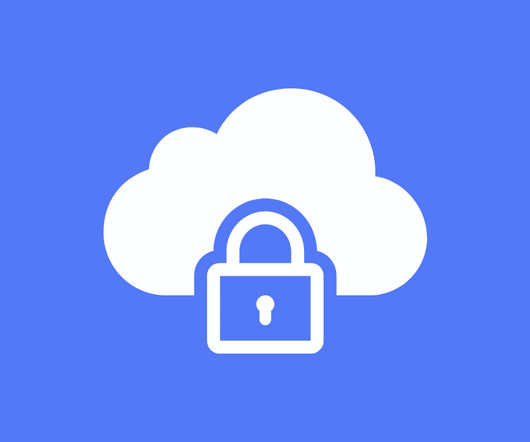What is Private Cloud Architecture: Complete Overview
OTS Solutions
DECEMBER 4, 2023
At its core, private cloud architecture is built on a virtualization layer that abstracts physical hardware resources into virtual machines. It abstracts the underlying hardware, allowing administrators to define and control the entire infrastructure through code. Scalability can be limited by hardware.


















Let's personalize your content